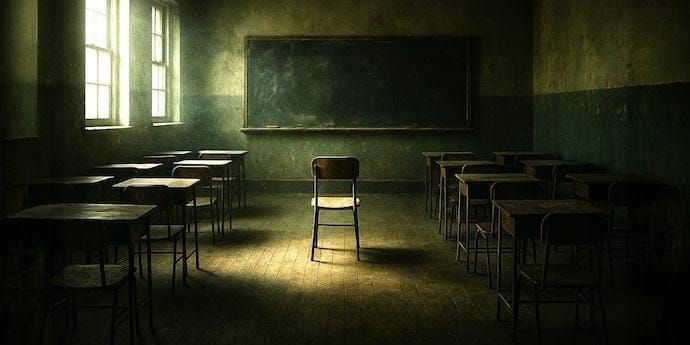
From Delhi to Dubai, Boston to Brisbane, the world is witnessing a troubling trend — teachers are walking out, and classrooms are feeling the impact. India is no exception, and the situation in Bihar paints a stark picture of a crisis that could shape the nation’s future.
In one primary school in Bihar, the morning bell rings sharply at 9 a.m., but instead of lessons beginning, there is silence. Desks are filled with children in neatly pressed uniforms, their eyes scanning the doorway, waiting for teachers who never arrive.
According to government data from August 2025, 29 schools across Bihar are operating with no teachers at all. Another 354 schools have only one teacher, while 2,977 schools are staffed with just two educators. This is far below the state’s directive, which sets the bare minimum requirement at three teachers per primary school — a guideline issued by the Additional Chief Secretary in a bid to ensure quality education.
The Human Cost of Teacher Shortages
The absence of sufficient teaching staff doesn’t just disrupt daily lessons; it jeopardizes the academic and emotional development of an entire generation. Overcrowded classrooms and overburdened teachers are becoming the norm, leaving students without the individual attention they need.
A Crisis Beyond Borders
Bihar’s struggles mirror a global issue. Teacher shortages are increasingly common worldwide, driven by low pay, heavy workloads, and waning job satisfaction. Without urgent intervention, the pipeline of educators will continue to dry up, widening educational inequalities.
The Call for Action
Experts warn that unless governments prioritize teacher recruitment, training, and retention, the future workforce will suffer from weaker skills, reduced competitiveness, and diminished innovation. In Bihar, the numbers tell a sobering truth: without teachers, schools are just buildings, and education is only a promise unfulfilled.
